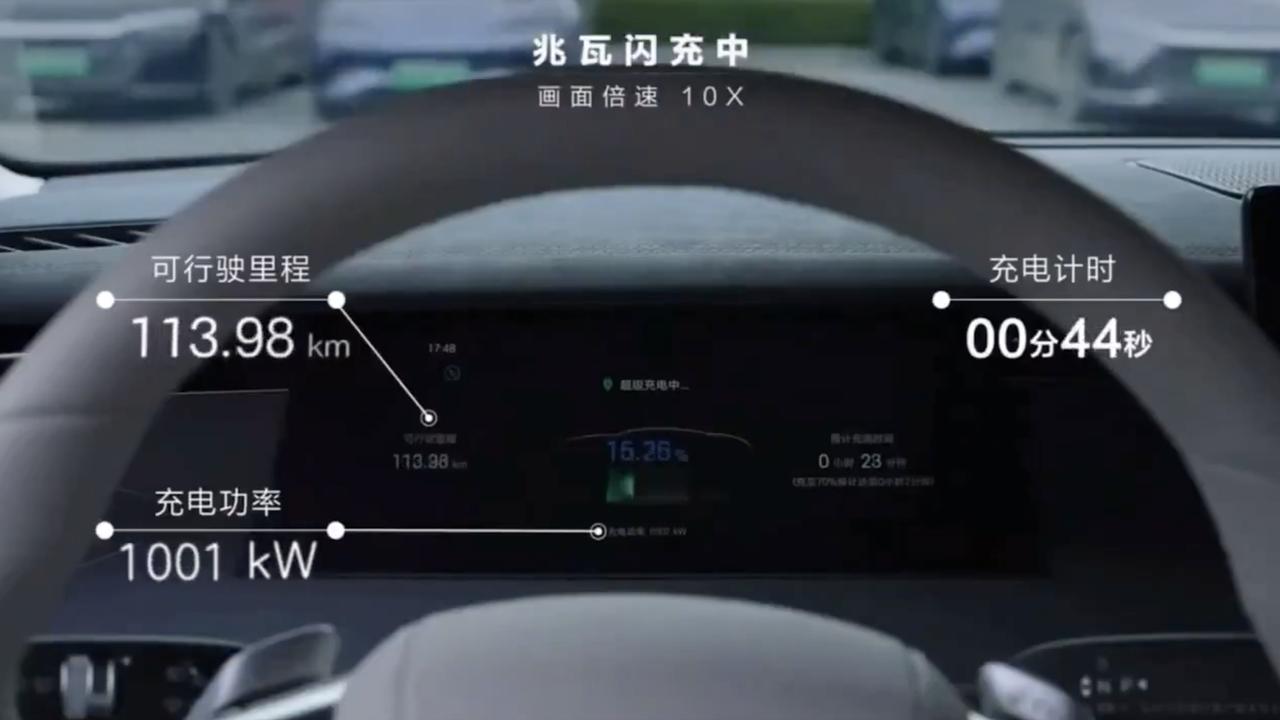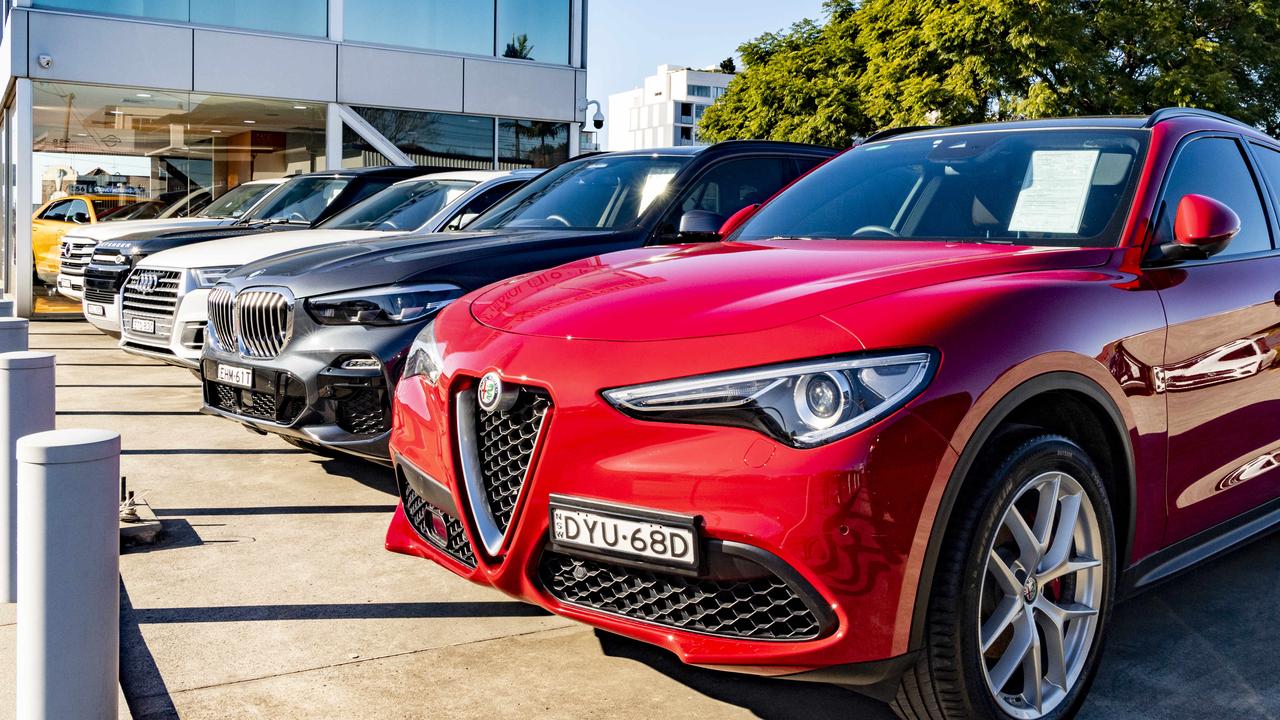Toyota HiLux could be powered by a fuel cell in the future
Toyota has been a leader in low-emission vehicles for decades, but the diesel-powered HiLux is the black sheep of the family. That will change.
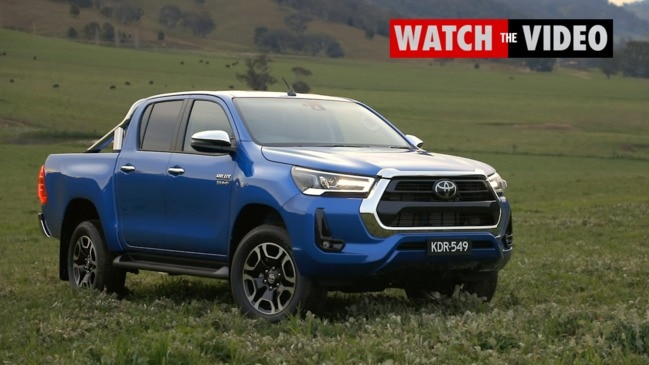
Stand by for the hydrogen-powered HiLux.
Australia’s number-one selling vehicle could be powered by a fuel cell in the future, as Toyota works with partners including Kenworth to come up with low-emission solutions for commercial vehicles.
Toyota’s chief executive and president, Matthew Callachor, says real-world trials with Kenworth in the United States are proving promising and there’s potential for the technology to trickle down to the humble Aussie ute.
While battery electric technology makes sense for cars, hydrogen could be more appropriate for load luggers.
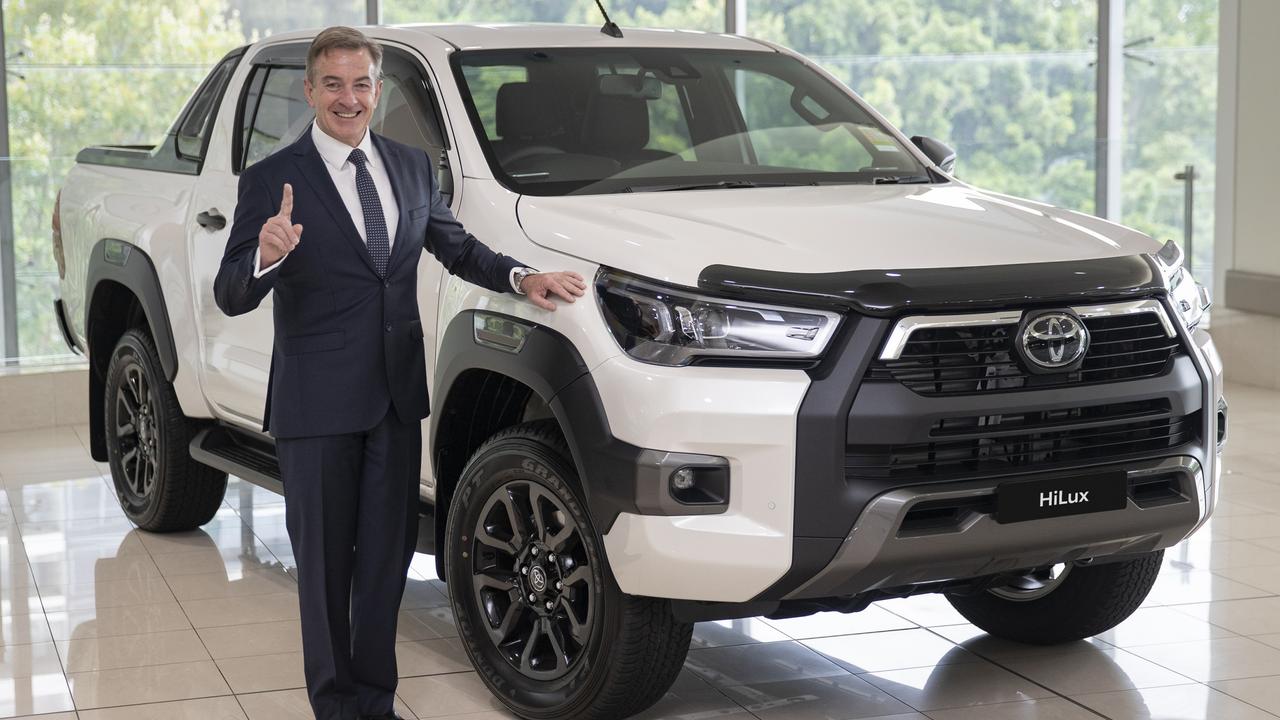
“For heavy trucks and commercial vehicles, fuel cells are looking like the more easy to implement solution in terms of weight and capacity,” he says.
“It could be at a HiLux level or it could be at other lighter commercial vehicles as well. They’re actively exploring the fuel cell on many different variants,” he says.
Toyota Australia will put a toe in the water with hydrogen vehicles this year when it delivers 20 next-generation Mirai fuel-cell vehicles to government and fleet customers.
In preparation it has built a solar-powered hydrogen production site and refuelling station in Altona, Victoria.
Callachor says fuel-cell technology is still a long way from being commercially viable.
“It faces barriers in the sense that pipes aren’t laid to actually fuel the vehicles. But it has huge benefits in terms of being able to completely fuel vehicles in five minutes,” he says.
Electric utes are still some time off, although there will be a hybrid version of every vehicle in the Toyota range by 2025.
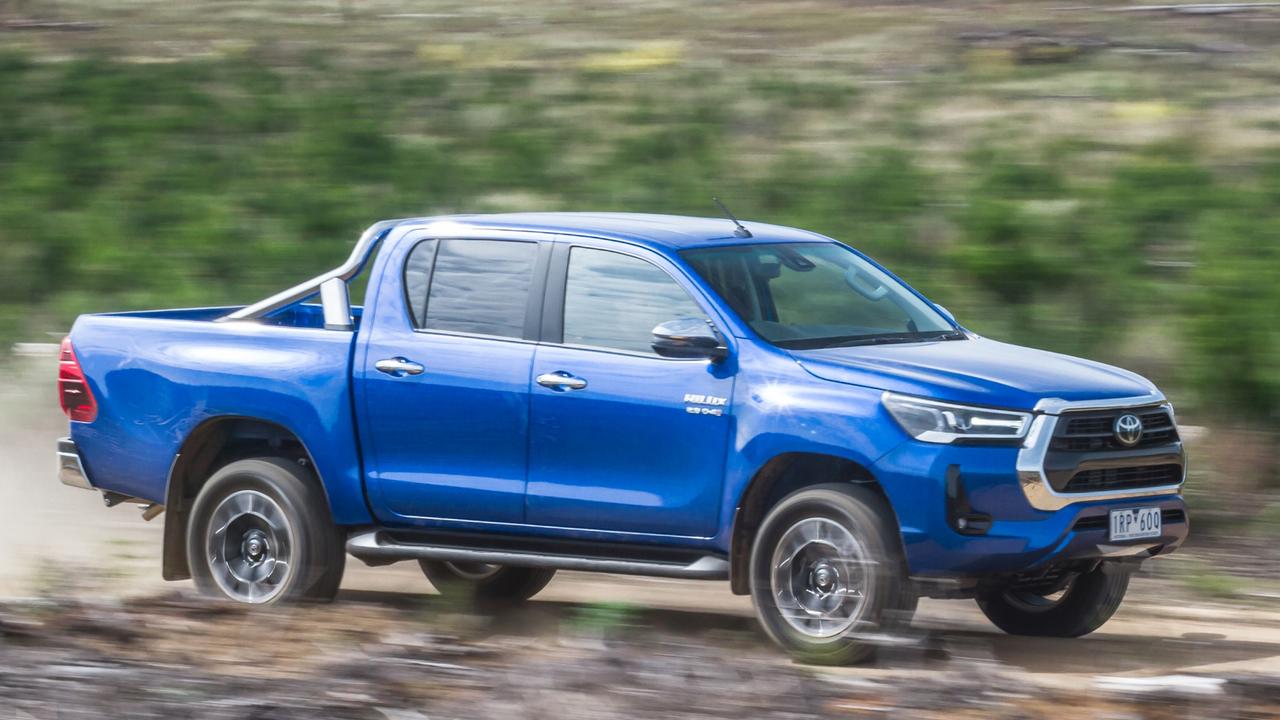
While Toyota has been a trailblazer in hybrid technology — it launched the first Prius two decades ago and sold more than 50,000 hybrids this year — it has been criticised for the fact that its most popular vehicle is a thirsty and dirty diesel ute.
Callachor says long new model development lead times for work ute — they typically work on a 10-year cycle — mean the brand can’t flick a switch overnight.
He says Australia’s rugged terrain also presents challenges when building a hybrid ute or heavy-duty 4WD like the LandCruiser.
“There is a big difference between a hybrid that’s going to travel on a road to a hybrid that has to go through the most severe environmental circumstances and come out the other end being completely reliable,” he says.
Given the initial expense of fuel cell and battery electric vehicles is so high and the returns are so low in the short term, Callachor believes co-operation between rivals and other industries is key to its success.
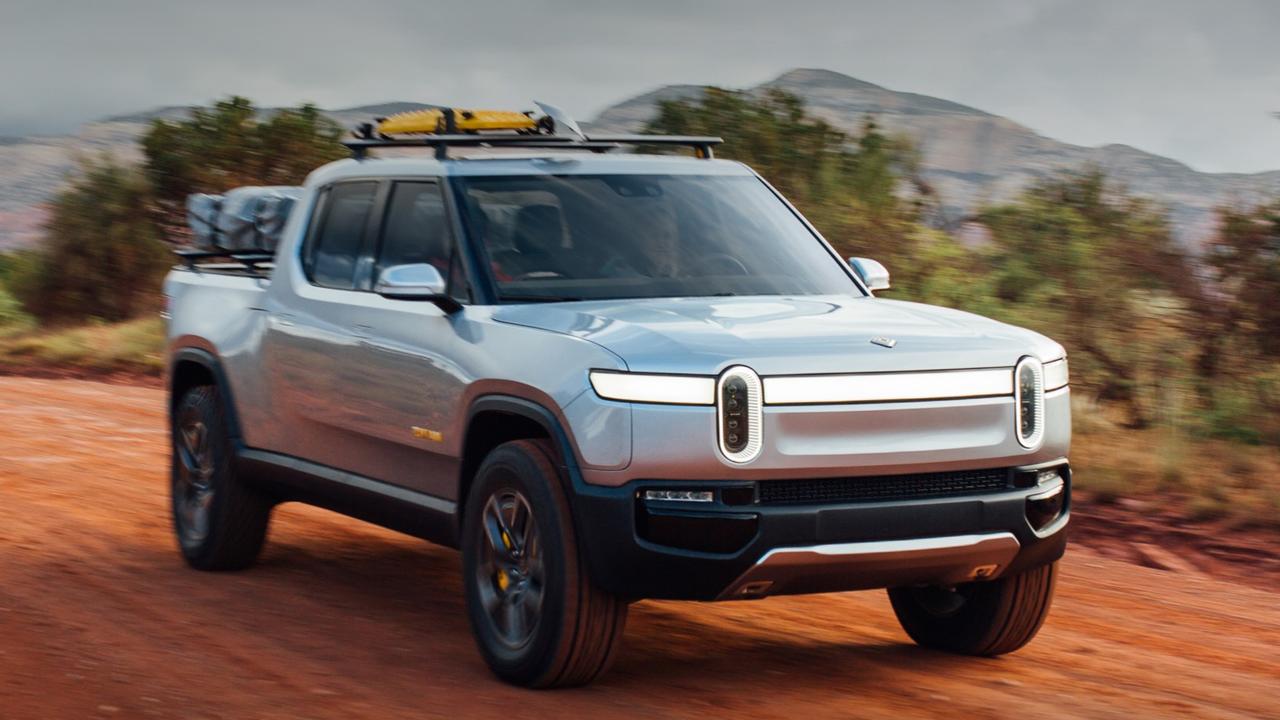
Aside from the Kenworth collaboration it is working with Microsoft on vehicle systems and Panasonic on battery technology.
While an electric HiLux is still years away, US manufacturers are planning to launch electric load-luggers as early as this year.
Start-up Rivian, which has backing from Ford and Amazon, plans to start selling its electric pick-up as early as the middle of the year, while Tesla’s Cybertruck is slated to start production late this year, although boss Elon Musk’s timelines are notoriously rubbery.
Ford plans to start production of its electric F150 by the middle of next year.


